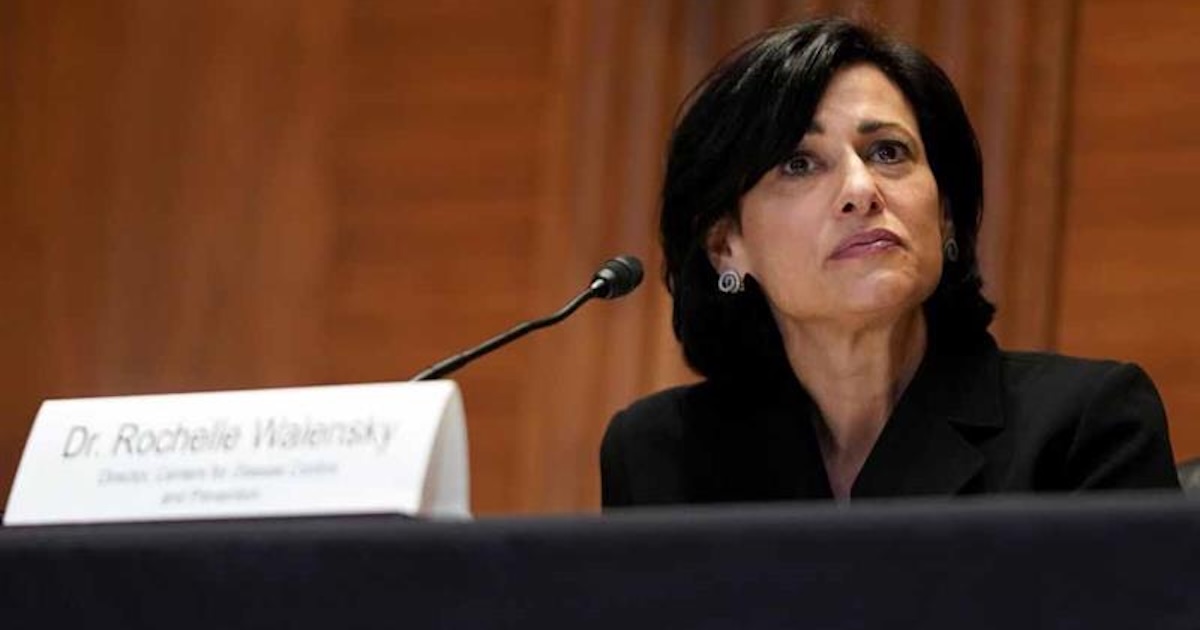Officials at Northern Arizona University are testing a new telemedicine system in hopes of improving the detection and treatment of concussions sustained by the university's football players.
The Flagstaff, Ariz.-based school is teaming up with The Mayo Clinic to test the robotic technology, which allows football players to be "seen" in real time by a neurology specialist at the Mayo Clinic in Phoenix. The neurologist can control the camera to assess a player for symptoms of a concussion and consult with medical personnel at NAU.
The technology was first put into use during an August 30 game between NAU and the University of Arizona and will accompany the team to home and away games throughout the season.
"Athletes at professional and collegiate levels have lobbied for access to neurologic expertise on the sideline,” said Bert Vargas, MD a neurologist at the Mayo Clinic, in a press release. “As we seek new and innovative ways to provide the highest level of concussion care and expertise, we hope that teleconcussion can meet this need and give athletes at all levels immediate access to concussion experts."
Concussions in pro sports is a serious topic, particularly in professional hockey and football circles, where athletes have been sidelined, forced to retire and in some cases died as a result of brain trauma linked to concussions. Just last month, the National Football League agreed to pay $765 million to settle a lawsuit brought by more than 4,500 players and their families over allegations that league officials concealed what they knew about the dangers of repeated hits to an athlete's head. Over the past two years, the NFL has been working to improve helmet design – including developing sensors that measure the impact of a hit to a player's head – and has been mandating medical intervention for any athlete suspected of incurring a concussion during a game.
The Mayo Clinic launched its first telemedicine program in Arizona in 2007, a telestroke program that connects the Phoenix clinic with 11 hospitals around the state and one in Missouri. In 2011, the clinic expanded its telemedicine evaluations to include concussion evaluations. Concussion experts at the Mayo Clinic Comprehensive Concussion Program in Arizona coined the term "teleconcussion" and described the concept as an effective means to assess concussed patients in a case study published in the December 2012 issue of Telemedicine and e-Health.
The clinic is only testing the technology at NAU at this time and is not providing any medical consultations. Officials say the project, if successful, could lead to teleconcussion programs in schools, amateur and professional sports teams and other organizations across the country.
"As nearly 60 percent of U.S. high schools do not have access to an athletic trainer, youth athletes, who are more susceptible to concussion and its after-effects, have the fewest safeguards in place to identify possible concussion signs and symptoms at the time of injury," said Vargas in the release. "Teleconcussion is one way to bridge this gap regardless of when or where they may be playing."
"At NAU, our primary goal is to provide an outstanding student-athlete experience culminating in graduation," said Lisa Campos, the university's vice president for Intercollegiate Athletics, in a statement. "We charge our staff to research the most current and best practices to ensure the safety and care of our students. Partnering with the Mayo Clinic in its telemedicine study will further this research and potentially improve diagnosis for rural areas that may not have access to team doctors or neurologists. The study allows the NAU Sports Medicine Staff and team doctors to continue to make all diagnoses and return- to-play decisions for our students, while investigating the effectiveness and efficiencies of telemedicine. We are excited to have the teleconcussion robot on our sideline this fall."
"There were a number of examples last football season where college football players clearly demonstrating concussion-like symptoms were quickly thrown back in games or weren't even taken out of the game for an evaluation," said Ramogi Huma, executive director of the National College Players Association, in the news release. "College football players are in desperate need for independent concussion experts on the sidelines, and this study could help make that safeguard a reality."


